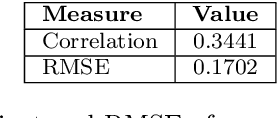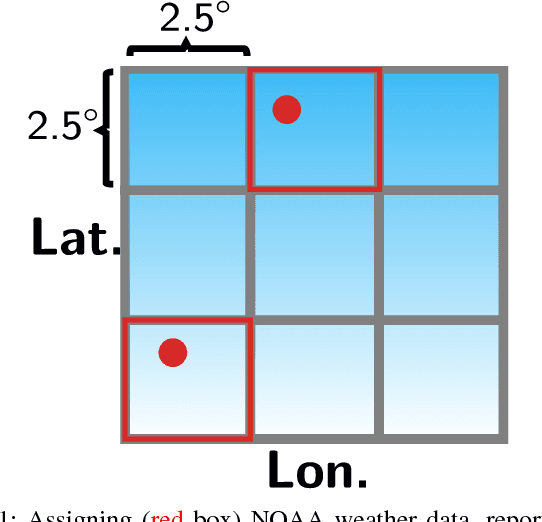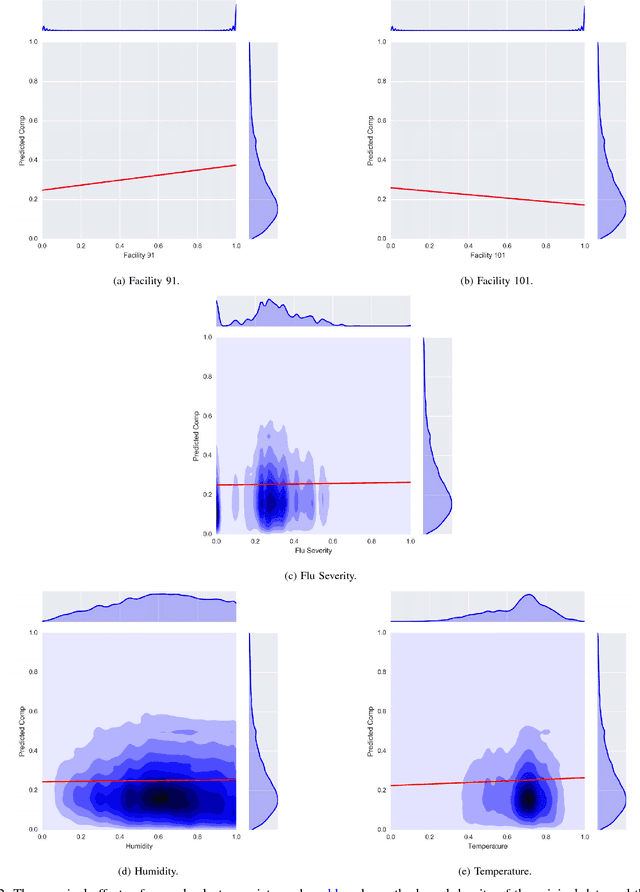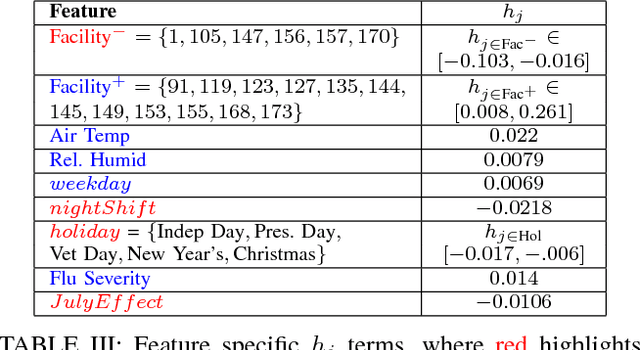Philip M. Polgreen
Department of Internal Medicine, University of Iowa
Predicting Elevated Risk of Hospitalization Following Emergency Department Discharges
Jun 28, 2024



Abstract:Hospitalizations that follow closely on the heels of one or more emergency department visits are often symptoms of missed opportunities to form a proper diagnosis. These diagnostic errors imply a failure to recognize the need for hospitalization and deliver appropriate care, and thus also bear important connotations for patient safety. In this paper, we show how data mining techniques can be applied to a large existing hospitalization data set to learn useful models that predict these upcoming hospitalizations with high accuracy. Specifically, we use an ensemble of logistics regression, na\"ive Bayes and association rule classifiers to successfully predict hospitalization within 3, 7 and 14 days of an emergency department discharge. Aside from high accuracy, one of the advantages of the techniques proposed here is that the resulting classifier is easily inspected and interpreted by humans so that the learned rules can be readily operationalized. These rules can then be easily distributed and applied directly by physicians in emergency department settings to predict the risk of early admission prior to discharging their emergency department patients.
Dynamic Healthcare Embeddings for Improving Patient Care
Mar 21, 2023Abstract:As hospitals move towards automating and integrating their computing systems, more fine-grained hospital operations data are becoming available. These data include hospital architectural drawings, logs of interactions between patients and healthcare professionals, prescription data, procedures data, and data on patient admission, discharge, and transfers. This has opened up many fascinating avenues for healthcare-related prediction tasks for improving patient care. However, in order to leverage off-the-shelf machine learning software for these tasks, one needs to learn structured representations of entities involved from heterogeneous, dynamic data streams. Here, we propose DECENT, an auto-encoding heterogeneous co-evolving dynamic neural network, for learning heterogeneous dynamic embeddings of patients, doctors, rooms, and medications from diverse data streams. These embeddings capture similarities among doctors, rooms, patients, and medications based on static attributes and dynamic interactions. DECENT enables several applications in healthcare prediction, such as predicting mortality risk and case severity of patients, adverse events (e.g., transfer back into an intensive care unit), and future healthcare-associated infections. The results of using the learned patient embeddings in predictive modeling show that DECENT has a gain of up to 48.1% on the mortality risk prediction task, 12.6% on the case severity prediction task, 6.4% on the medical intensive care unit transfer task, and 3.8% on the Clostridioides difficile (C.diff) Infection (CDI) prediction task over the state-of-the-art baselines. In addition, case studies on the learned doctor, medication, and room embeddings show that our approach learns meaningful and interpretable embeddings.
21 Million Opportunities: A 19 Facility Investigation of Factors Affecting Hand Hygiene Compliance via Linear Predictive Models
Jan 26, 2018



Abstract:This large-scale study, consisting of 21.3 million hand hygiene opportunities from 19 distinct facilities in 10 different states, uses linear predictive models to expose factors that may affect hand hygiene compliance. We examine the use of features such as temperature, relative humidity, influenza severity, day/night shift, federal holidays and the presence of new medical residents in predicting daily hand hygiene compliance; the investigation is undertaken using both a "global" model to glean general trends, and facility-specific models to elicit facility-specific insights. The results suggest that colder temperatures and federal holidays have an adverse effect on hand hygiene compliance rates, and that individual cultures and attitudes regarding hand hygiene exist among facilities.
A Large-Scale Exploration of Factors Affecting Hand Hygiene Compliance Using Linear Predictive Models
Jul 07, 2017



Abstract:This large-scale study, consisting of 24.5 million hand hygiene opportunities spanning 19 distinct facilities in 10 different states, uses linear predictive models to expose factors that may affect hand hygiene compliance. We examine the use of features such as temperature, relative humidity, influenza severity, day/night shift, federal holidays and the presence of new residents in predicting daily hand hygiene compliance. The results suggest that colder temperatures and federal holidays have an adverse effect on hand hygiene compliance rates, and that individual cultures and attitudes regarding hand hygiene seem to exist among facilities.
 Add to Chrome
Add to Chrome Add to Firefox
Add to Firefox Add to Edge
Add to Edge